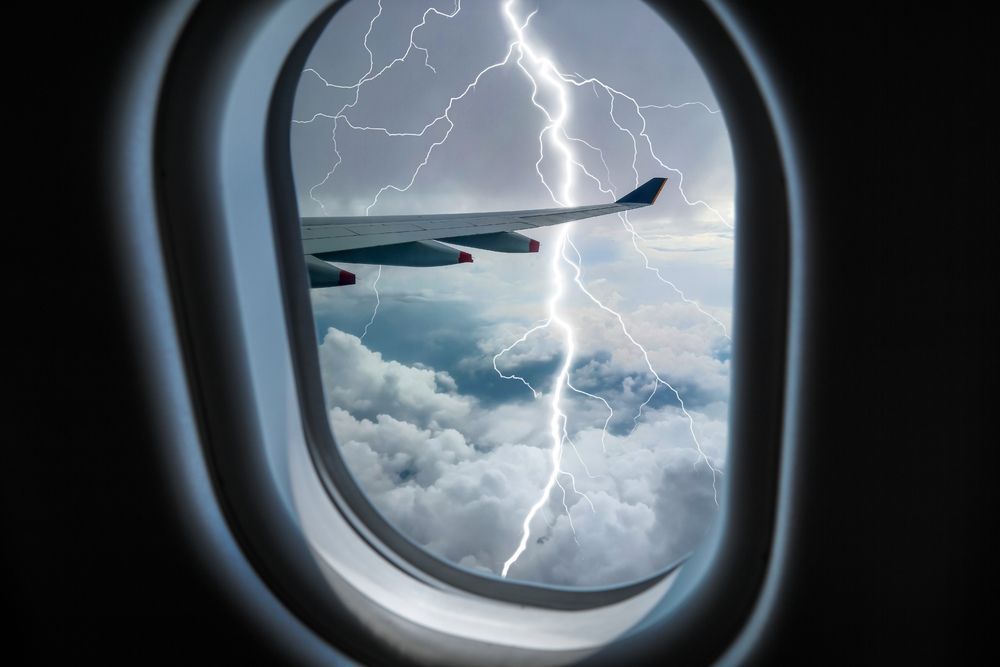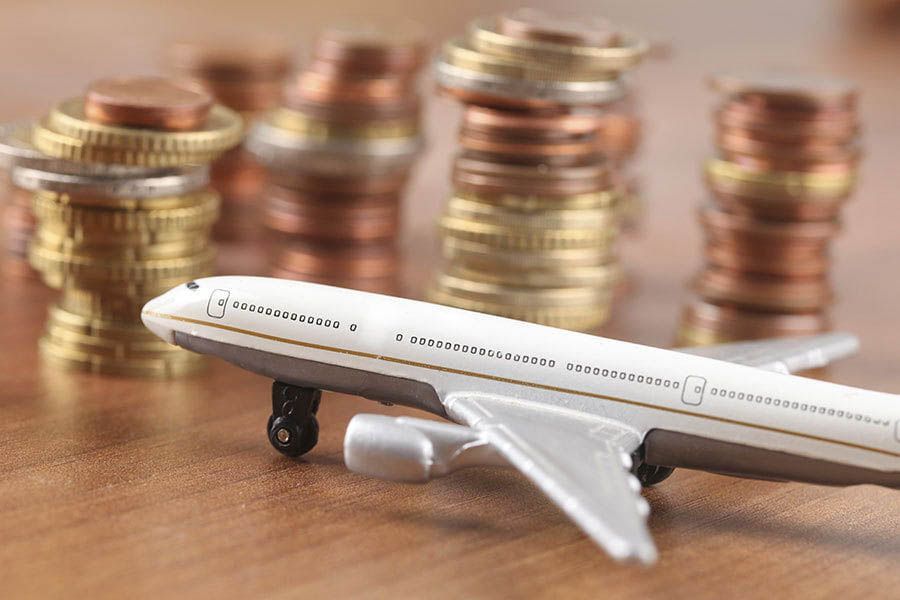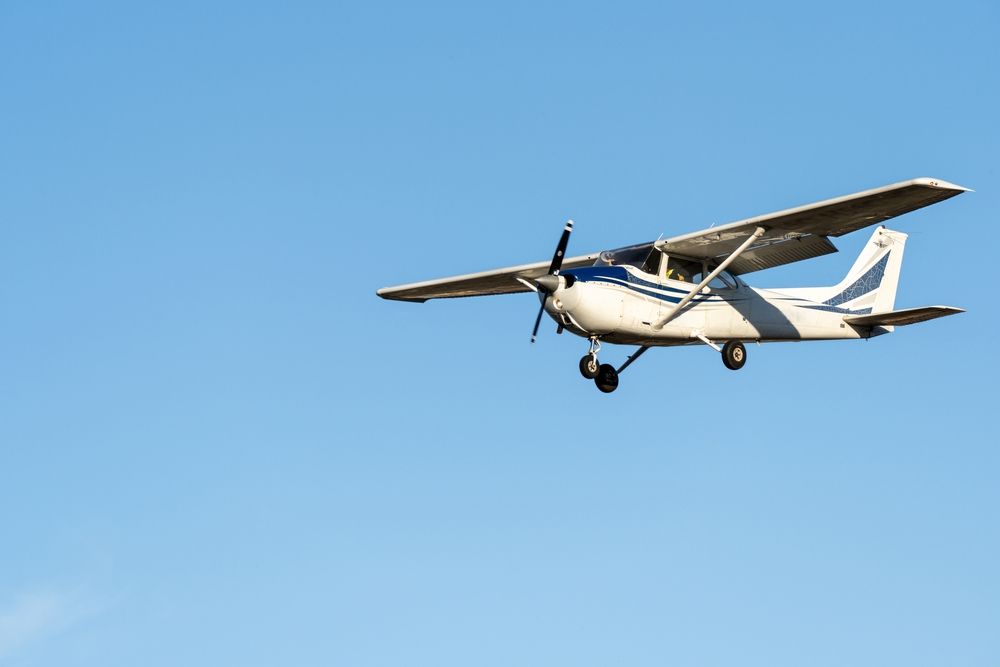
So, you’re thinking about getting a commercial pilot’s license. Fantastic! Flying is incredibly freeing and it’s easy to love going to work every day when you get to travel. Commercial pilots’ licenses are the base requirement for almost all piloting jobs, including airline pilots, cargo pilots, traffic reporting, agricultural pilots, and more. Once you’ve decided to get your commercial pilot’s license, you have another choice: accelerated training or traditional training.
Timeline
Accelerated commercial pilot training is, as the name suggests, much faster than traditional programs. Accelerated programs are, on average, between 30 and 60 days. Because of this set up, they are much more intense than a traditional program, often requiring students to be in classes from 8:00 or 9:00 AM to 5:00 PM, five to seven days a week. This schedule ensures that students finish the program in the allotted time, but the pace can be stressful or overwhelming. However, the lack of days-long breaks between classes may help students better remember the materials. Ultimately, it is important to know your own ability to study and react well to pressure.
Traditional commercial pilot training programs, on the other hand, generally take between six months to a year to complete, although this varies from program to program. Part time pilot training will obviously take longer. Some schools don’t include flight hours in the completion time, so they seem to take less time. The lessons and training in a traditional program are more spread out, typically meeting a few times a week. This can help students by alleviating some of the stress of a faster paced program, or it can be easier for students to forget the materials.
In terms of timeline benefits, it comes down to the individual student. If you can handle, or even thrive, in a fast paced, intense learning environment, then accelerated programs are worth the look. But if that would stress you out or the idea of having more time is appealing, a traditional program may be the best fit. But timeline isn’t the only consideration.
Cost
Both accelerated and traditional commercial pilot training is expensive. Though it varies from program to program, most run upwards of $40,000. This covers your in-class and ground instruction and sometimes tests and flying hours. The biggest difference in cost between these program options is the payment timeline. Because accelerated programs are faster, the payments are closer together, if not all upfront. Payments in traditional programs cover more time, and you may pay separately for your flight hours.
Flexibility
Because of their pacing, accelerated pilot training programs have a much more rigid schedule than traditional options. In order to meet all the requirements in such a short time, there is little to no flexibility when it comes to class times and flight hours. However, you will be done with this option faster than you would be with a traditional program, so it’s less overall time of inflexibility.
Traditional programs are often more flexible options because they take up less time each day. They are also more flexible when it comes to flight hours—you’re generally able to get your training hours in the cockpit done whenever you and the instructors are available. This is helpful if you are getting your pilot’s license while working or attending school but can be frustrating as you’ll need to coordinate your schedule with the flying instructor’s instead of being assigned the hours as part of your program.
Requirements
Ultimately, the requirements for both entering and graduating from accelerated commercial pilot training are the same as traditional commercial pilot training. No matter how long it takes you, piloting is a job where knowledge and attention to safety are important.
Prior to starting either training program, you will be required to pass a medical exam and receive a certificate ensuring you are physically able to fly. You’ll also need to be at least eighteen years old, and—if you’re in the U. S.—fluent in English.
Once you’re in the course, you’ll need to attend classes and score well on the tests. You’ll need to pass the Federal Aviation Administration’s written exam before you can fly. It’s a good idea to do this early so you can start your practice hours as soon as possible.
In order to get your commercial pilot’s license, you’ll need 250 flight hours. This is required regardless of your training program. If you’re looking to become an airline pilot, you need 1,500 hours before being certified by the FAA.
Important Things to Note
Before deciding on your pilot training program, there are a few things you should make sure to know about your program and yourself. First, is the program reputable? This is important for students going through accelerated and traditional programs alike. If a program seems too good to be true—especially in terms of time commitment—be careful. It’s a good idea to research the company, especially testimonials from former students. Another good sign is their hiring rate in your field of choice. Do their students get jobs in your target field? If not, you may want to look somewhere else.
Another factor to consider is you. Can you handle the timeline? Would an accelerated program be too fast for you, or a traditional program too long? Knowing your learning style is important. You’re dedicating a lot of your time and money to this, and you should succeed. Will you be able to keep up with the amount of class time per week in an accelerated program? Will having classes more often be helpful for learning the content or would having classes more spaced out give you time to fully absorb your new knowledge?
No matter which path you take, getting a pilot’s license is a rewarding experience. Whether you decide to enter an accelerated commercial pilot training program or a traditional one, your end goal is the same: to fly. Regardless of your choice, J. A. Air Center is here to help. Feel free to contact us for more information about our pilot training programs.


